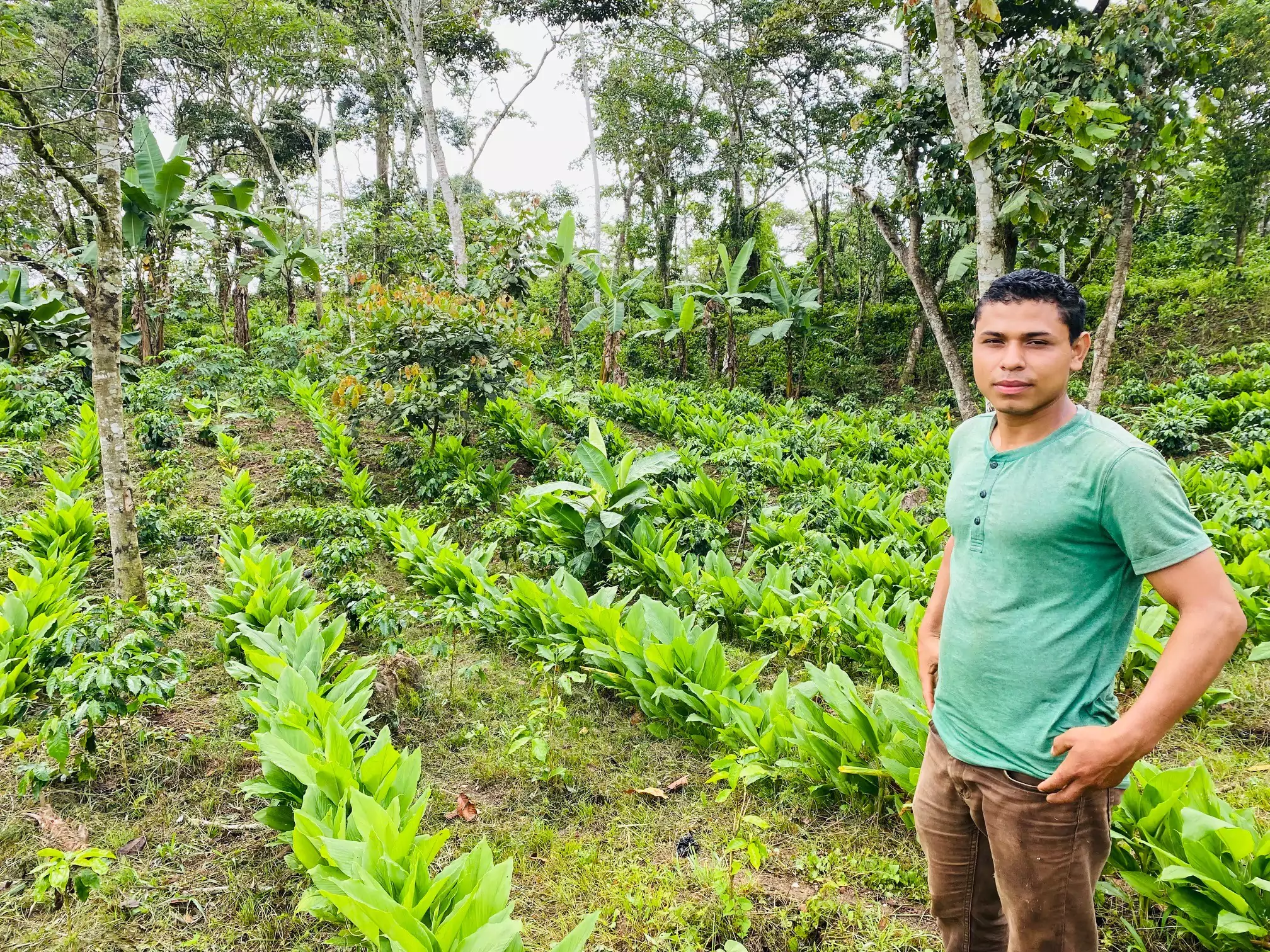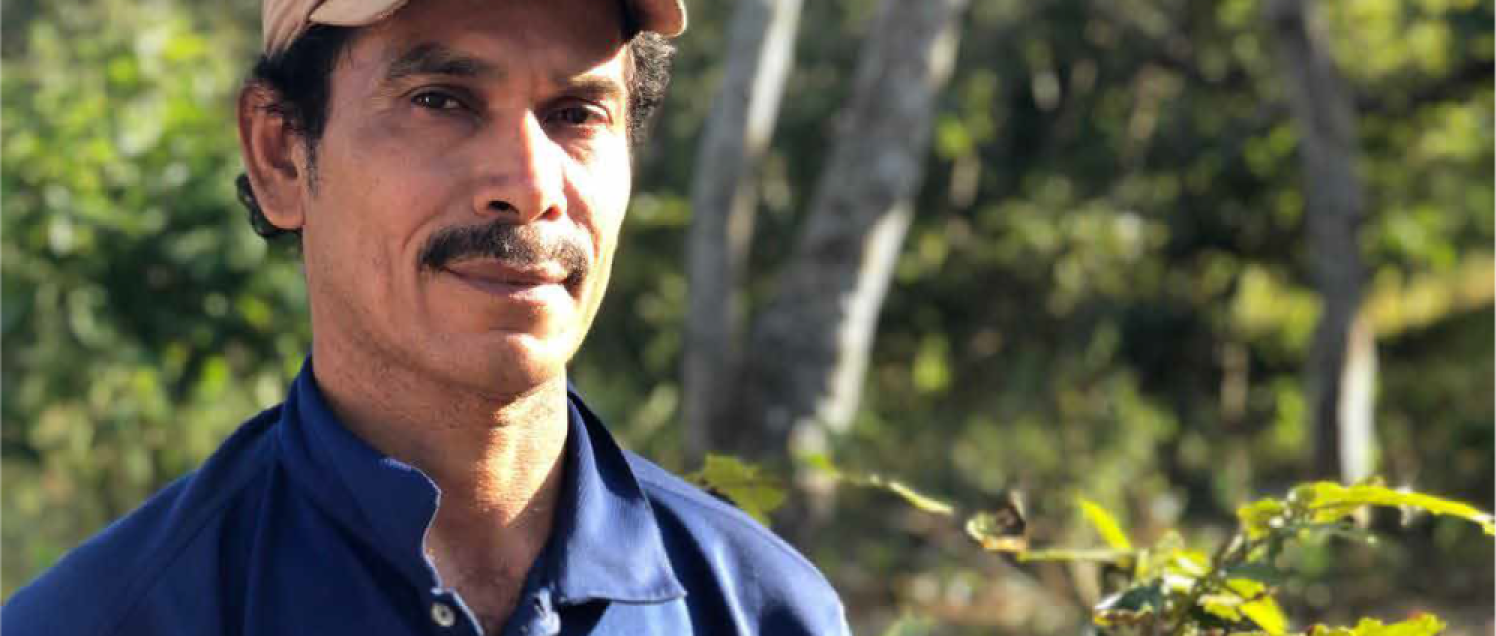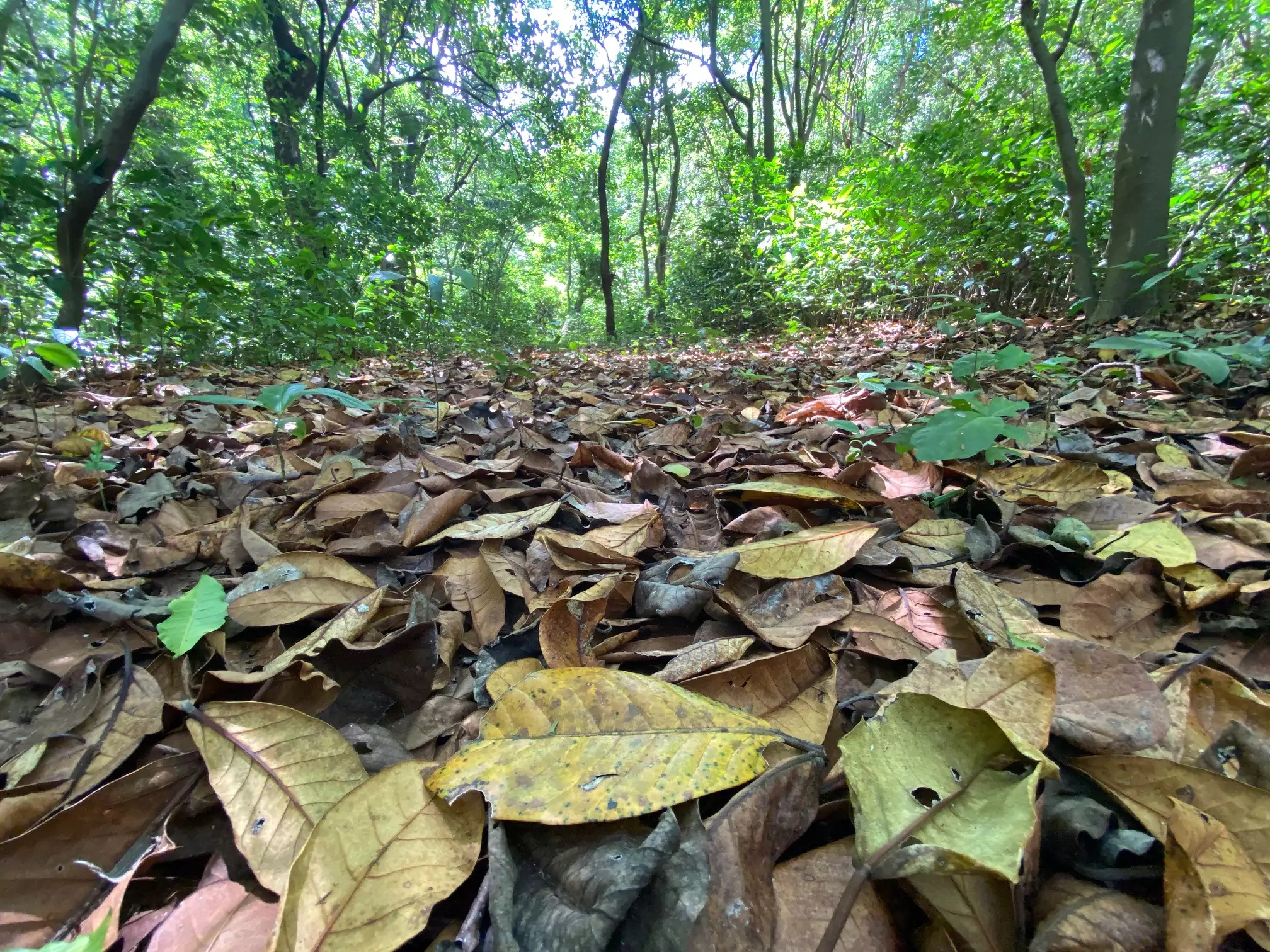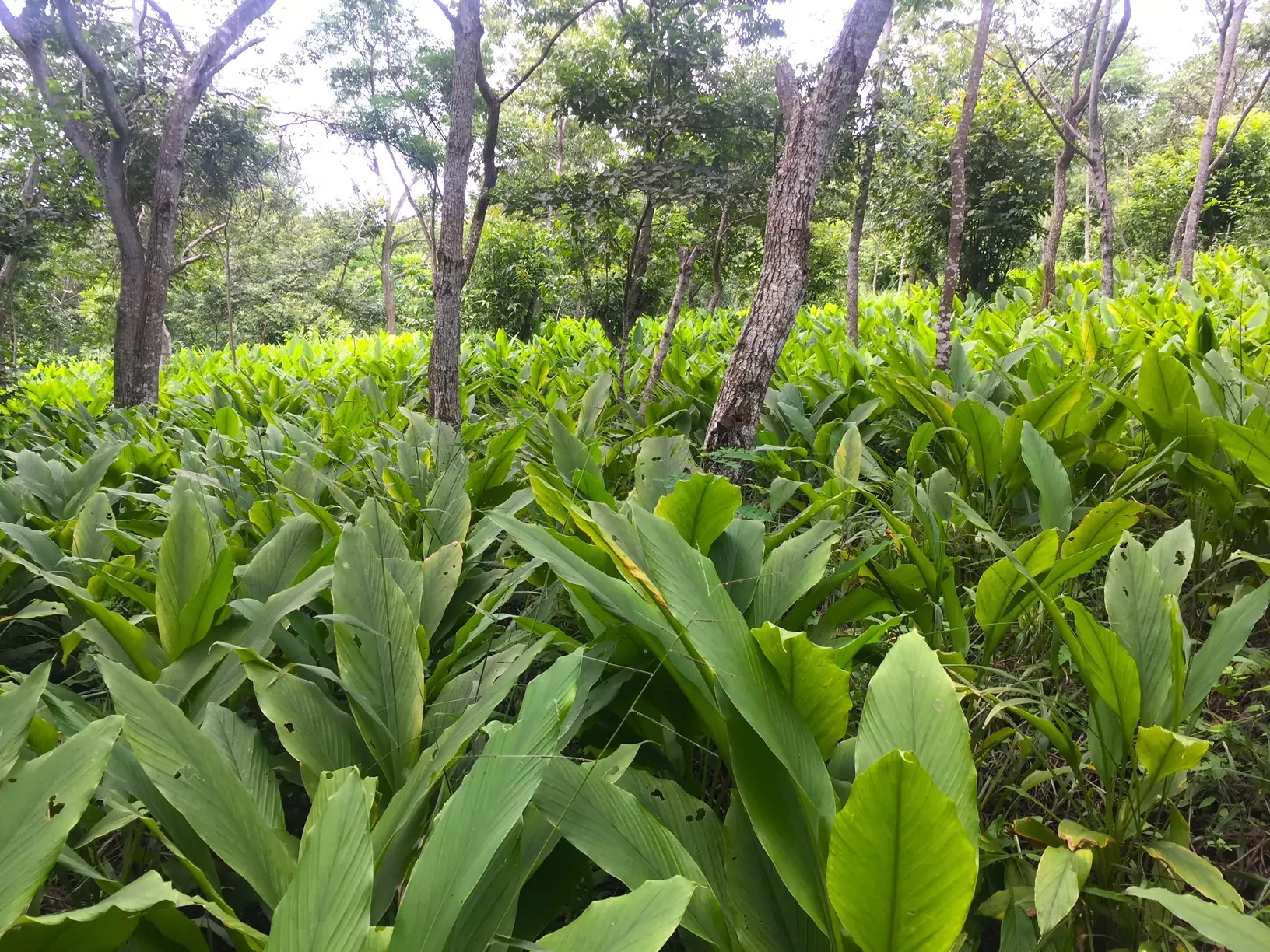Near the end of 2021, Larry Fink, Chairman & CEO of BlackRock, the world’s largest asset manager (USD $9.46 trillion) said something that took many by surprise: “It is my belief that the next 1,000 unicorns — companies that have a market valuation over a billion dollars — won’t be a search engine, won’t be a media company, they’ll be businesses developing green hydrogen, green agriculture, green steel and green cement…Getting to net zero carbon emissions by 2050 is going to require a revolution in the production of everything we produce, and a revolution in everything we consume. The process of creating fuel, food and construction materials, with all the needs that we have as humanity, it all has to be reinvented,” Fink said. “And that’s going to require a large amount of investment, a large amount of ingenuity and a large amount of innovation.”
The comment reminded me of what inspired Aaron Sachowitz and I to launch Doselva back in 2017 – our belief that creating a business around shade grown, organic spices could serve to address two of the major challenges of our time: rural poverty and climate change – and that we could scale the approach amongst tens of thousands of farmers on as many hectares throughout Central America.
Fast forward five years and journey with me to the rugged mountain community of San Juan del Rio Coco in Northern Nicaragua, close to the Honduran border. Meet Nolvin Munoz, age 23, whose family has grown coffee on these steep hillsides for four generations. Norvin is a high school graduate, an organic farmer, and instinctively curious. Nolvin is not intimidated by the unknown nor by mastering something new. He has a bank account in town and regularly takes courses in topics ranging from agriculture to the martial arts. He has a four-hectare farm with his family, and two years ago began planting 1.5 hectares of turmeric and cardamom with Doselva, intercropped with coffee. His plantation is well planned, with rows of diverse crops and a multi-story shade canopy with over ten tree species. His turmeric harvest in 2021 was high yielding and profitable: Nolvin harvested 280 sacks of turmeric and earned almost $3,500 in revenues. He said that his turmeric profits are significantly higher than coffee for he and his family despite the larger amount of land under coffee cultivation. Nolvin attributes his yields to the amount of coffee pulp residues he applies as fertilizer to the soil, in addition to frequent weeding and shade management.
Nolvin is one of hundreds of farmers now working with Doselva to diversify their income sources with shade-grown spices. As a result these farmers are increasing their own gainful employment, generating additional jobs for others in their community, and in so doing generating economic development in the rural sector where poverty is most pronounced. Nolvin protects himself from frequent price fluctuations in coffee by now having a significant alternative income pillar. When he finishes his coffee harvest, he initiates the turmeric harvest, distributing more evenly his cash flow and farm-related duties.
As it relates to the planet, agroforestry[1] is regenerative agriculture par excellence. Doselva’s anchor products turmeric and ginger thrive in a shade canopy of 50% shade to sun ratio. Vanilla and cardamom can tolerate an even denser shade canopy. Shade-grown spice farms create a micro-climate to reduce the impacts of heat stress on crops and soil. Crop production is much more favorable under a shade canopy where evaporation, air temperature, and wind speed are all moderated. Mulch from leaf litter reduces soil temperature and maximizes water resource efficiency in soils. Trees on the contours of farm plots act as wind breaks to decrease wind speed, reduce evaporation, and physical damage to crops Whereas higher temperatures and dry conditions from full sun systems lead to lower organic matter accumulation , reduction in rain water infiltration, and increase in runoff and soil erosion, systems with permanent tree cover arrest and reverse land degradation by keeping soil in place, improving carbon content in the soil, increasing infiltration, and enhancing fertility and biological activity.[2] Agroforestry systems increase habitat for pollinators like native bees and butterflies, and provide biological corridors for a host of animal and plant species.
Beyond the myriad benefits of agroforestry to the farmer and the landscape, can shade-grown spices also sequester carbon and therefore decrease C02 emissions in the atmosphere? The research is clear that agroforestry represents a significant sink for carbon. Research conducted on light shade agroforestry systems in coffee showed 53-55 tons of carbon per hectare sequestered in aboveground biomass, and 166 tons per hectare in the soil of those same systems, like that of nearby forests[3]. Systems with dense shade and larger, more mature trees showed sequestration at 70-80 tons per hectare. Farms like Norvin’s also prevent CO2 emissions by avoiding land use of full sun crops which could lead to deforestation and slash and burn agriculture. Finally, organic farming methods provide more carbon benefits. According to the Northeastern University National Soil Project, organic farms provide 26% more long term carbon storage than their conventional counterparts.
There is something disruptive about farmers profiting from a forested agriculture landscape. The combination creates a win-win for the farmer and the planet, and a recipe to address these two great challenges of rural poverty and climate change. The good news is that this solution is highly scalable. A working paper by the World Agroforestry Centre estimates that 900 million people manage agroforestry systems[4] on over 1 billion hectares of land worldwide. Farmers are no strangers to agroforestry. However, beyond coffee and cocoa, few profitable crop alternatives are accessible to farmers to maintain and scale these sustainable agriculture systems. Proper agroforestry design and farm-level decision support tools are also lacking. Finally, farmer families are not currently receiving market signals to incentivize their use of agroforestry production systems. Doselva is working to address all three of these factors as key elements of our business model and looking for companies to partner with us to achieve these common goals.
For people and the planet, I hope Larry Fink is right. While Doselva may or may not be amongst the next generation of unicorns, I am confident that our spice agroforestry solution represents a viable and practical path to help our portion of the food industry decarbonize. That notion is a major reason I get out of bed every morning.
[1] Agroforestry is a collective name for land-use systems and technologies where woody perennials (trees, shrubs, palms, bamboos, etc.) are deliberately used on the same land-management units as agricultural crops and/or animals, in some form of spatial arrangement or temporal sequence. In agroforestry systems there are both ecological and economical interactions between the different components.” (FAO, 2018).
[2] Rao, Verchot and Laarman: Adaptation to Climate Change through Sustainable Management and Development of Agroforestry Systems. World Agroforestry Center, p.6, December 2007.
[3] Shalene, Bacon, Rice, et al: Shade Coffee: Update on a Disappearing Refuge for Biodiversity, p. 422, BioScience, May 2014.



